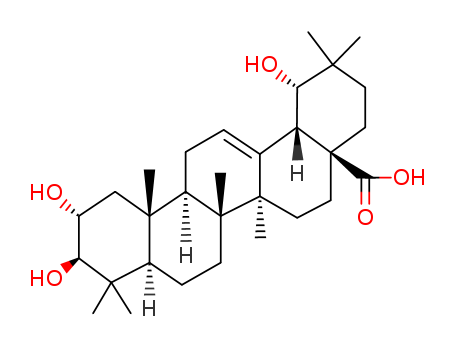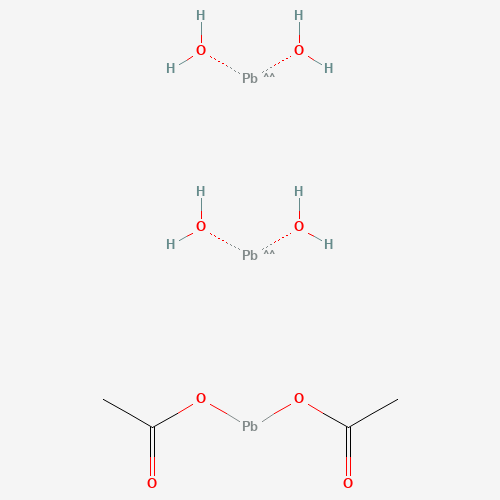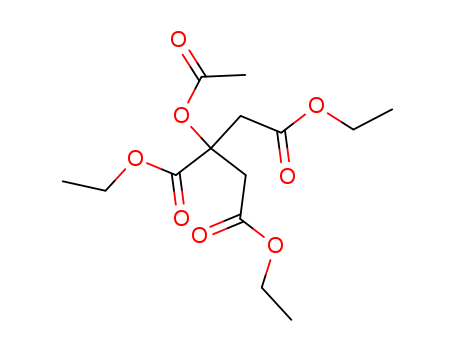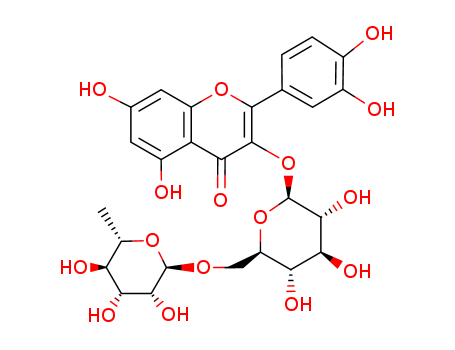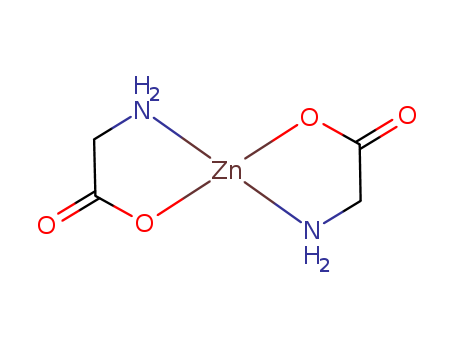- Product Details
Keywords
- Terminalia Arjuna (Tannins / Arjunic Acid)
- Herbal Extract Terminalia Arjuna
- Terminalia Arjuna /Arjuna Root Extract/Natural extracts
Quick Details
- ProName: Terminalia Arjuna (Tannins / Arjunic A...
- CasNo: 31298-06-3
- DeliveryTime: 7-15days
- PackAge: 25Kg HDPE drum with single PE Liner.
- ProductionCapacity: Metric Ton/Day
- Purity: as your requirement
- LimitNum: 0 Metric Ton
Superiority
Active Ingredient : Arjunolic Acid 0.5%, Tannin 25%
Details
Terminalia Arjuna (Tannins / Arjunic Acid)
Quick Details
|
Type: |
Herbal Extract |
Variety: |
Terminalia Arjuna Extract |
Form: |
Powder |
|
Part: |
|
Extraction Type: |
Liquid-Solid Extraction |
Packaging: |
Drum |
|
Place of Origin: |
India |
Brand Name: |
|
Model Number: |
SVA-TN007 |
Packaging & Delivery
|
Packaging Detail: |
25Kg HDPE drum with single PE Liner. |
|
Delivery Detail: |
7~15 days |
Specifications
Terminalia Arjuna Arjuna Root Extract
Active content: Arjunolic Acid 0.5%, Tannin 25%
Origin : India
Ayurvedic Herbal extract
Terminalia Arjuna /Arjuna Root Extract/Natural extracts
Active Ingredient : Arjunolic Acid 0.5%, Tannin 25%
Common Name : Arjuna, Arjuna Root
Chemical Constituents and Components : Main chemical constitutes are tannins, triterpenoid saponins (arjunic acid, arjunolic acid, arjungenin and arjunic acid), flavonoids, gallic acid, ellagic acid and phytosterols.
Arjuna (Terminalia arjuna)
EditRegion5
Arjuna is a well-known heart tonic and is used extensively is cardiac debility. It is best known for its special properties of strengthening the muscles of the heart. Both Caraka and Susruta have mentioned this plant in their Samhitas, but surprisingly, have not indicated its use for heart diseases. It was acarya Vagbhata who for the first time indicated arjuna, for its tremendous use in treating heart diseases,. Subsequently this was endorsed by Cakradatta and Bhavamisra. In ancient texts like Caraka Samhita, arjuna is categorized under pramehaghna antidiabetic and raktastambhaka- styptic i.e. arresting bleeding- groups. Later on, it was incorporated in hrdroganasaka ameliorating heart diseases, group in other texts. Arjuna, because of its beneficial properties of strengthening the muscles of the heart, has attracted modern research workers all over the world.
Arjuna tree is commonly found along the rivers and streams. It grows in Himalaya, Bengal and Madhya Pradesh in abundance. The tree is evergreen, 20-25 metres in height and has spreading branches. The bark is smooth, whitish outside and pinkish in colour on inner side. It flakes off in large, thin, flat pieces,. The leaves are ovate in shape, coriaceous and subopposite. The flowers are yellowish in colour, sessile, in short axillary spikes. The fruits are ovoid with 5-7 equal wings. The flowers bloom in autumn and the plant bears fruits in winter. The plant sheds its bark once in a year like the snake’s skin.
Terminalia Arjuna is its botanical name and it belongs to family Combretaceae. The bark contains arjunolic acid, tomentosic acid, sito-sterol, ellagic acid, (+) leucodelphinidin and a saponin isolated.
A glucoside-arjunetin-isolated from the bark (Indian J. Chem. 1970,8,722) A new flavone – arjunone- isolated from fruits along with cerasidin, sitosterol,friedelin, methyl oleanolate and gallic, ellagic and arjunic acids (Planta Med. 1979, 37, 183)
Properties



